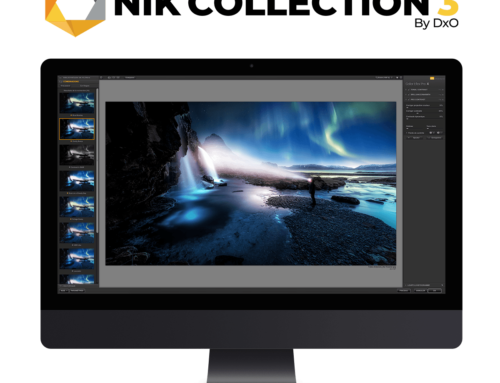Macro photography takes us into a fascinating world of close ups. Plants a bugs are the most common subject matter for this genre of photography. Macro photography allows subjects to be photographed between life size and up to ten times life size using a wide variety of equipment to achieve this. Extension rings, bellows, macro lenses and indeed a combination of all of these is available to achieve the desired image. Specialised macro lenses have an added flexibility of being able to double up for general photographic work.
Of the two macro lenses I have my preferred lens is the Nikon 105mm f2.8 which allows me to work from a reasonable distance and still achieve a great image. This makes my composition so much easier without the worry of casting shadows (something to consider). Normal lenses are designed for shooting at normal distance and although their capacity can be enhanced by magnifying attachments, they cannot compete against the specialised macro lens designed to shoot close ups, that’s focal distances of less than 6in. I have experimented in the past with extension rings and the like however modern lenses designed with a purpose make life that little bit easier. To achieve magnification greater than life size requires attachments for either type of lens, and the closer the focus the shallower the depth of field is. If the light is good stopping down cuts focusing errors although this can increase exposure times.
Essential equipment for macro photography is a good sturdy tripod, my trusty Manfrotto which I have had for centuries has always stood up to the challenge. A cable release or remote trigger are also recommended to avoid any camera shake. Oh and a great deal of patience is also worth having for this rewarding aspect of photography. There is another world out there and it is all around us. A great place to experiment with this is your own back garden. For me macro is mainly a fun part of photography and I enjoy showing my children the natural world that is right there under their noses if they only know where to look.








Leave A Comment